Stainless Steel Fermenters: Benefits, Uses, and Buying Tips
Overview of Stainless Steel Fermenters
Stainless steel fermenters are the gold standard in fermentation equipment. Whether you’re brewing beer, fermenting wine, or crafting kombucha, these tanks are designed to handle the job with precision and durability. Made from high-grade stainless steel, they offer a non-reactive, hygienic, and robust environment for your fermentations. But what sets them apart from other materials like plastic or glass?
The Advantages of Stainless Steel Fermentation Tanks
Why are stainless steel fermenters so popular? Well, for starters, they’re incredibly durable. Unlike plastic, which can scratch and harbor bacteria, or glass, which can shatter, stainless steel is built to last. It’s resistant to corrosion, easy to clean, and won’t absorb odors or flavors from previous batches. Plus, it’s non-reactive, meaning it won’t interfere with the taste of your brew.
Another big advantage is temperature control. Stainless steel fermenters often come with cooling and heating jackets, allowing you to maintain the perfect temperature for your fermentation process. This is crucial for achieving consistent results, especially when brewing beer or fermenting wine.
And let’s not forget about hygiene. Stainless steel is naturally resistant to bacteria and mold, making it one of the safest materials for fermentation. This is why it’s the preferred choice for commercial breweries and wineries.
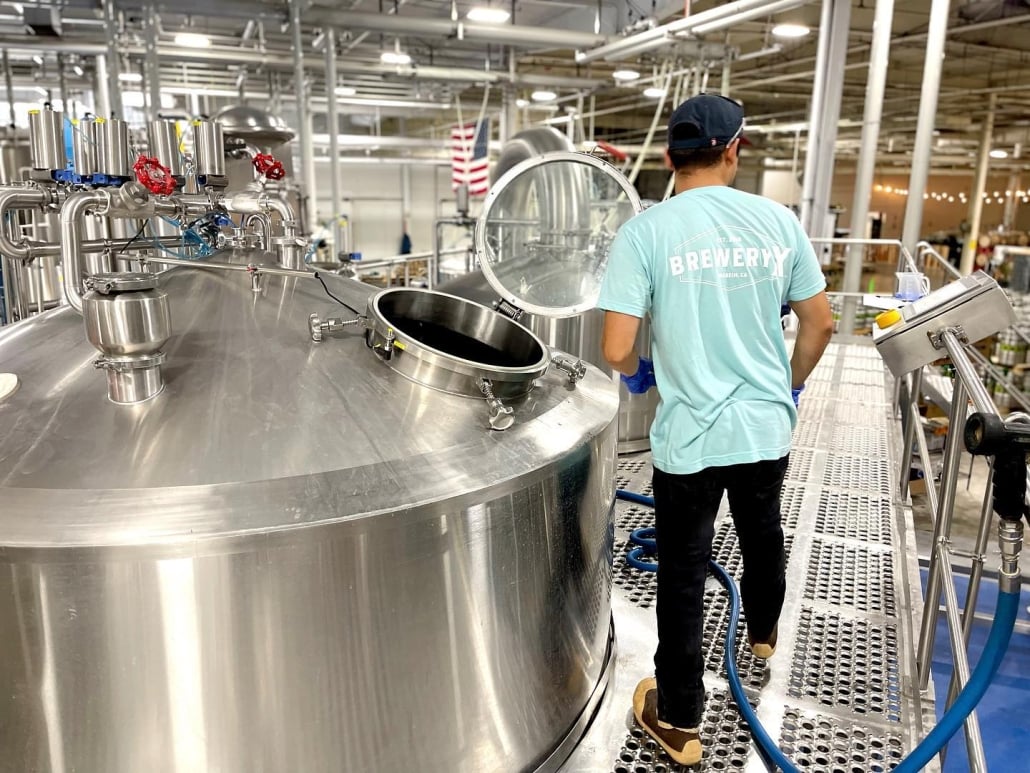
How to Choose a Suitable Stainless Steel Fermentation Tank
Choosing the right stainless steel fermenter can feel overwhelming, but it doesn’t have to be. Here are a few key factors to consider:
- Size and Capacity: How much are you planning to ferment? If you’re a homebrewer, a 5-10 gallon tank might suffice. But if you’re running a commercial operation, you’ll need something much larger, like a 50-gallon or even 100-gallon tank.
- Features: Do you need temperature control? Look for fermenters with built-in cooling jackets. Want to minimize oxygen exposure? Opt for a conical fermenter with a bottom valve for easy yeast harvesting.
- Budget: Stainless steel fermenters can range from a few hundred dollars to several thousand, depending on the size and features. Set a budget and stick to it, but remember—this is an investment in your craft.
- Brand Reputation: Not all stainless steel fermenters are created equal. Stick to reputable brands known for quality and durability. We’ll dive into some recommendations later in this guide.
How to Clean and Maintain Stainless Steel Fermentation Tanks
One of the biggest selling points of stainless steel fermenters is how easy they are to clean and maintain. But that doesn’t mean you can just rinse them out and call it a day. Here’s how to keep your fermenter in pristine condition:
- Rinse Immediately After Use: Don’t let residue sit in your fermenter. Rinse it out as soon as you’re done to prevent buildup.
- Use the Right Cleaning Agents: Avoid harsh chemicals that can damage the steel. Instead, use a mild detergent or a specialized cleaner designed for stainless steel.
- Sanitize Thoroughly: After cleaning, sanitize your fermenter to kill any remaining bacteria. A no-rinse sanitizer is a great option for this.
- Inspect Regularly: Check for scratches, dents, or signs of wear. While stainless steel is durable, it’s not indestructible.
By following these steps, you’ll ensure your fermenter stays in great shape for years to come.
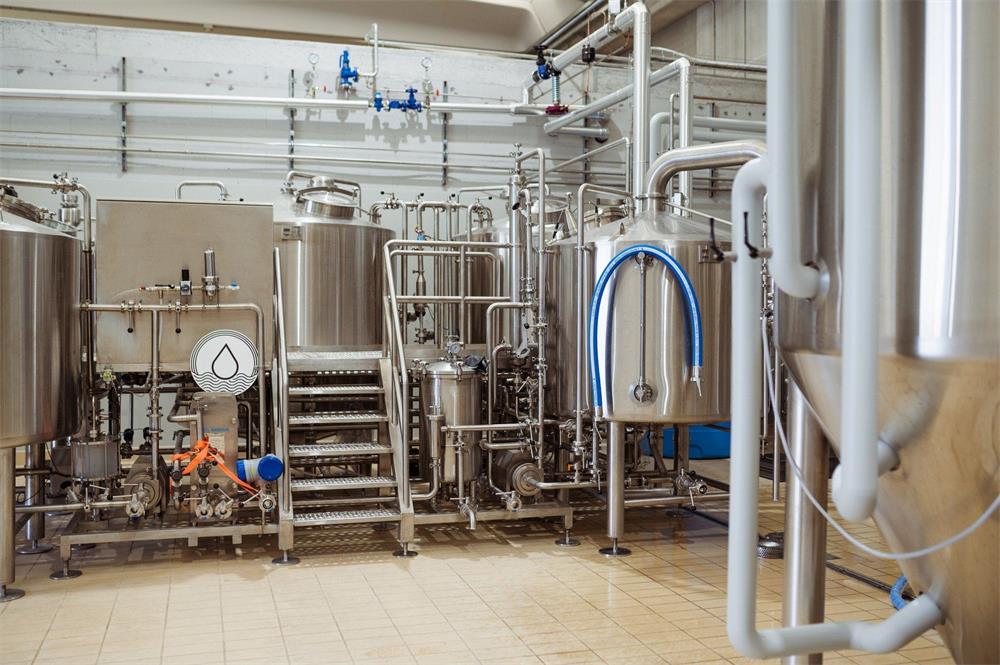
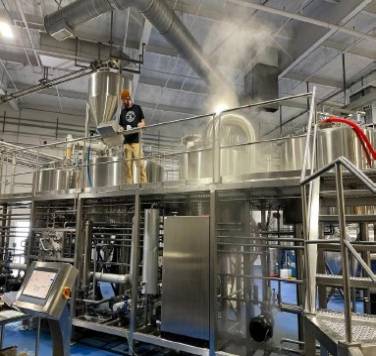
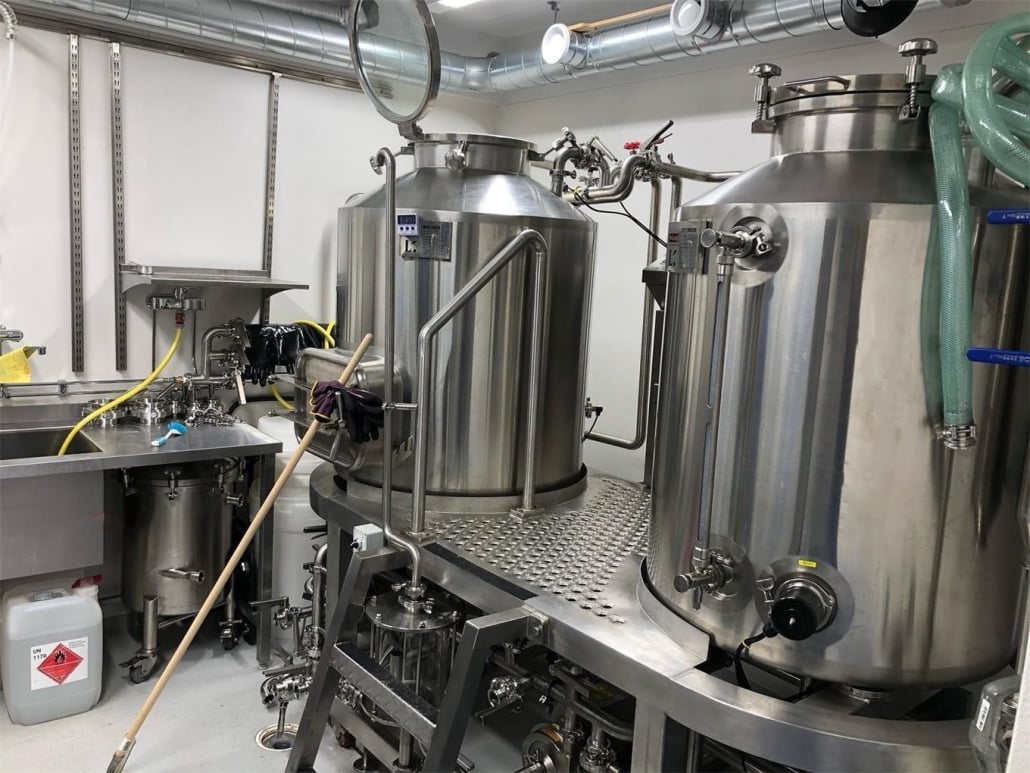
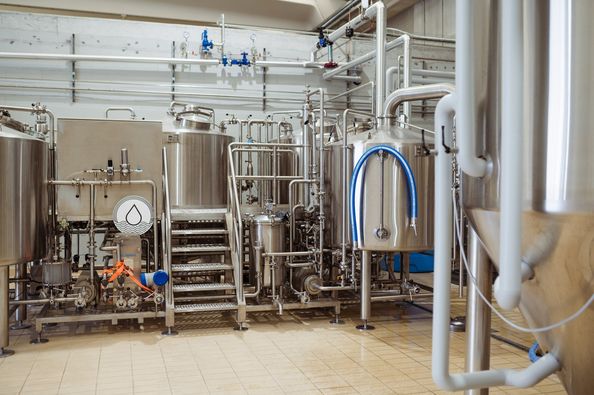
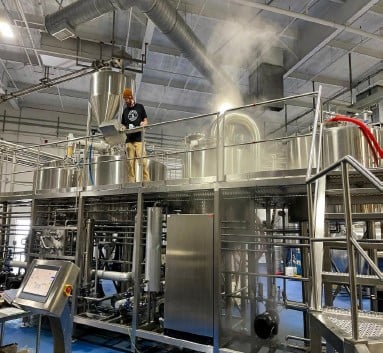
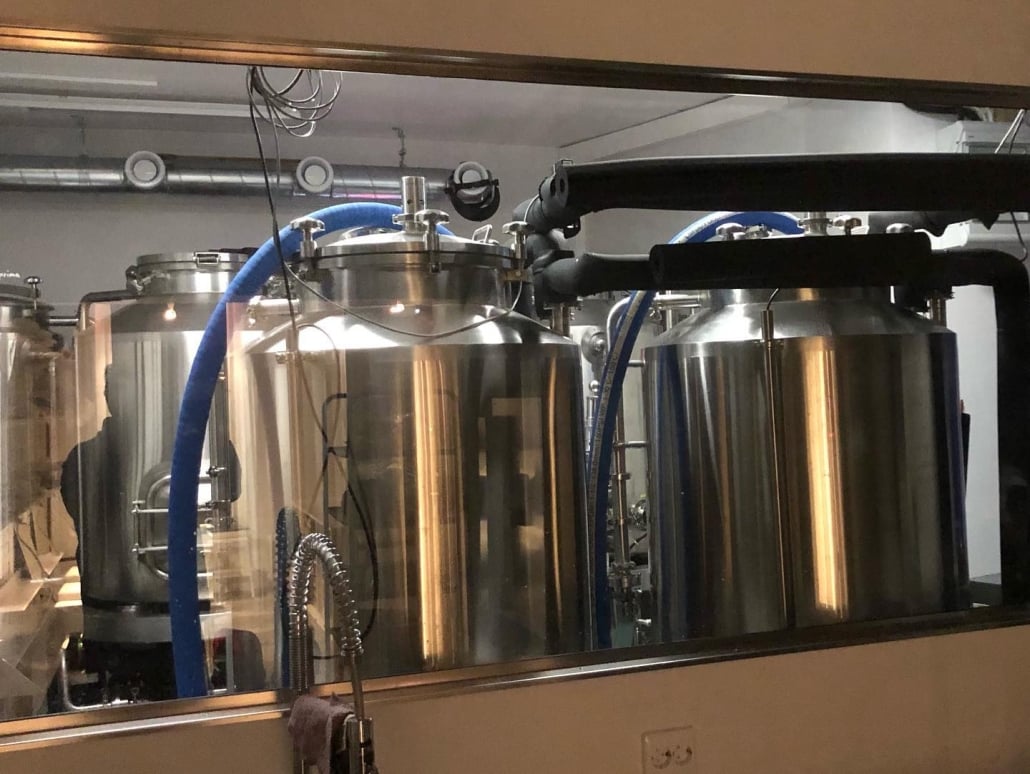
Stainless Steel Fermentation Tank vs. Other Materials
Still not convinced that stainless steel is the way to go? Let’s compare it to other common fermentation materials:
| Feature | Stainless Steel | Plastic | Glass |
|---|---|---|---|
| Durability | Highly durable, resistant to corrosion | Prone to scratches and wear | Fragile, can shatter easily |
| Hygiene | Non-porous, easy to clean | Porous, can harbor bacteria | Non-porous but hard to clean |
| Temperature Control | Excellent (with cooling jackets) | Poor | Poor |
| Cost | Higher upfront cost | Low cost | Moderate cost |
| Longevity | Decades with proper care | 1-2 years | 5-10 years (if not broken) |
As you can see, stainless steel outperforms plastic and glass in almost every category. Sure, it might cost more upfront, but the long-term benefits far outweigh the initial investment.
Recommended Brands and Purchasing Tips
When it comes to stainless steel fermenters, not all brands are created equal. Here are a few top picks:
- Spike Brewing: Known for their high-quality conical fermenters, Spike Brewing offers a range of sizes and features, including cooling jackets and customizability.
- SS Brewtech: A favorite among homebrewers and professionals alike, SS Brewtech fermenters are designed with precision and durability in mind.
- Blichmann Engineering: If you’re looking for premium quality, Blichmann is the way to go. Their fermenters are packed with features and built to last.
When purchasing, always buy from a reputable retailer or directly from the manufacturer. Check for warranties and read customer reviews to ensure you’re getting the best product for your needs.

FAQ
Got questions? We’ve got answers! Here are some of the most common questions about stainless steel fermenters:
| Question | Answer |
|---|---|
| Can I use a stainless steel fermenter for kombucha? | Absolutely! Stainless steel is safe for fermenting kombucha. |
| How do I prevent scratches on my fermenter? | Use soft cleaning tools and avoid abrasive cleaners. |
| Is stainless steel better than plastic? | Yes, stainless steel is more durable, hygienic, and easier to clean. |
| Can I add a cooling system to my fermenter? | Many stainless steel fermenters come with cooling jackets or can be retrofitted. |
| How long do stainless steel fermenters last? | With proper care, they can last for decades. |
Additional FAQs About Stainless Steel Fermenters
1) What stainless grade is best for food and beverage fermenters—304 or 316?
- 304 is standard for beer and wine; 316 is preferred for harsher chemistries (acidic sours, cider with SO2, higher chlorides) due to better pitting/corrosion resistance.
2) What interior finish should I specify for hygienic Stainless Steel Fermenters?
- Target Ra ≤0.8 μm (≤32 μin) with fully passivated, crevice-free welds. Polished interiors reduce biofilm and speed effective CIP.
3) Do I need a pressure-rated conical for closed transfers and spunding?
- If you plan to pressure-ferment, naturally carbonate, or do closed transfers, choose a unitank/conical rated 1–2 bar (15–30 psi) with a certified PRV and vacuum breaker.
4) How do I size cooling jackets on fermenters?
- Ensure jacket coverage across cone and cylinder with adequate glycol flow. Rule of thumb: 1–1.5 refrigeration tons per actively fermenting 7–15 bbl; scale by volume and ambient. For small/home systems, coils or sleeves can suffice.
5) What’s the recommended CIP cycle for stainless conicals?
- Typical cycle: pre-rinse, 2–3% caustic at 60–70°C for 15–20 minutes (verify flow/coverage), water rinse to neutral pH, periodic 0.5–1% acid for beerstone, sanitize cold before use. Validate via ATP or microbial swabs on shadow areas.
2025 Industry Trends for Stainless Steel Fermenters
- Pressure-capable unitanks becoming default: 1–2 bar ratings enable spunding, closed transfers, and natural carbonation even in smaller breweries and advanced home setups.
- Inline quality control: Wider adoption of thermowells, DO sampling ports, and CIP verification (flow/pressure sensors) on craft-scale tanks.
- Energy and water reduction: Thicker insulation, multi-zone jackets, and VFD-driven glycol pumps reduce utility intensity by 10–20%.
- Smartphone-integrated control: Wi‑Fi temperature controllers, fermentation curve logging, and alarm notifications standard on mid-tier systems.
- Hygienic fabrication focus: Documented passivation, crevice-free sample valves, and smoother interior finishes (Ra 0.5–0.8 μm) increasingly specified in RFQs.
2025 Benchmarks and Cost Snapshot
| Spec/Metric | 2023 Avg | 2024 Avg | 2025 YTD | Notes/Sources |
|---|---|---|---|---|
| 1–2 bbl conical (home/prosumer) | $900–$2,200 | $850–$2,100 | $800–$2,000 | 304 SS; options: coils/jackets |
| 5 bbl jacketed conical | $6,500–$10,000 | $6,200–$9,600 | $6,000–$9,200 | Pressure-ready adds cost |
| 10 bbl jacketed unitank | $9,500–$16,000 | $9,000–$15,000 | $8,500–$14,500 | Ports/finish impact price |
| Working pressure (bar) | 1.0–2.0 | 1.0–2.0 | 1.0–2.0 | PRV + vacuum protection |
| Typical interior finish (Ra, μm) | 0.8–1.2 | 0.6–0.9 | 0.5–0.8 | Hygienic trend |
| Brew day water:beer (hl/hl, with CIP reuse) | 5.0–6.8 | 4.8–6.4 | 4.5–6.0 | DOE/BA efficiency playbooks |
Reference hubs:
- Brewers Association: quality, draught, cellar specs — https://www.brewersassociation.org/
- Master Brewers Association Technical Quarterly (CIP/oxygen) — https://www.mbaa.com/publications/tq/Pages/default.aspx
- DOE Better Buildings (food & beverage energy) — https://betterbuildingssolutioncenter.energy.gov/
Latest Research Cases
Case Study 1: Closed Processing Improves Aroma Retention in Dry-Hopped Beers (2025)
Background: A 10 bbl brewery experienced hop aroma fade and variable carbonation using open transfers from fermenters.
Solution: Upgraded to pressure-rated Stainless Steel Fermenters with spunding, added DO sampling ports, standardized pressure-to-pressure closed transfers, and implemented a pressure-rated dry-hop dosing port.
Results: Transfer DO decreased to 30–50 ppb; hop aroma retention at 30 days improved per sensory panel; package TPO dropped ~35%. Sources: BA oxygen management resources; MBAA TQ articles on closed processing.
Case Study 2: CIP Optimization Reduces Downtime and Chemicals (2024)
Background: Inconsistent cleaning led to sporadic off-notes after high-gravity brews.
Solution: Validated spray device coverage; added conductivity control for 2.5% caustic, instituted monthly acid CIP for beerstone, and replaced worn gaskets; tracked ATP swabs at manways/valves.
Results: Cleaning time reduced 15%; caustic use down 12%; defect rate in sensory reduced; no positive micro over 90 days. References: MBAA TQ CIP validation; OEM spray head specs.
Expert Opinions
- Mary Pellettieri, Quality Consultant and Author of “Quality Management for Breweries”
Viewpoint: “Specify for quality—aseptic sample valves, DO ports, and verifiable cleanability on Stainless Steel Fermenters pay for themselves in consistency.” - Dr. Charlie Bamforth, Brewing Scientist
Viewpoint: “Temperature and oxygen control dominate beer stability. Pressure-capable stainless fermenters make those controls practical at small and large scales.” - John Blichmann, Founder, Blichmann Engineering
Viewpoint: “Well-designed valves, thermowells, and racking arms simplify process control and reduce oxygen exposure during transfers.”
Practical Tools and Resources
- Brewers Association Quality and Cellar Guides — https://www.brewersassociation.org/
- MBAA Technical Quarterly (CIP, DO control) — https://www.mbaa.com/publications/tq/Pages/default.aspx
- Micromatic draft resources (for serving integration) — https://www.micromatic.com/
- Brewfather / Ekos for fermentation logging and inventory — https://brewfather.app/ | https://www.goekos.com/
- DOE Better Buildings: Energy efficiency playbooks — https://betterbuildingssolutioncenter.energy.gov/
Last updated: 2025-09-28
Changelog: Added 5 FAQs; 2025 trend table with pricing/benchmark metrics; two recent case studies; expert viewpoints; curated tools/resources for Stainless Steel Fermenters
Next review date & triggers: 2026-03-31 or earlier if equipment pricing shifts >10%, BA/MBAA release new oxygen/CIP guidance, or hygienic finish/pressure specifications change
Share this entry
Interested in learning more about Brewing Systems including additional details and pricing information? Please use the form below to contact us!
YOLONG BREWERY EQUIPMENT FAQS
- Commercial Brewery / Craft Brewery / Microbrewery / Nanobrewery
- What is The Difference Between Craft Beer and Industrial Beer?
- The Bespoke Differences In Custom Brewing Systems
- Everything You Need to Know About Kettle Souring
- How to Choose Brewing Equipment for Your business?
- How To Choose The-Best Partner To Build Your Commercial Microbrewing System?
- Two Detection Sensors That You Need To Use In Your Brewhouse System
- Remote Control Applications in Brewing Equipment/How does it work?
- How To Clean Your Brand New Brewery Tanks?
